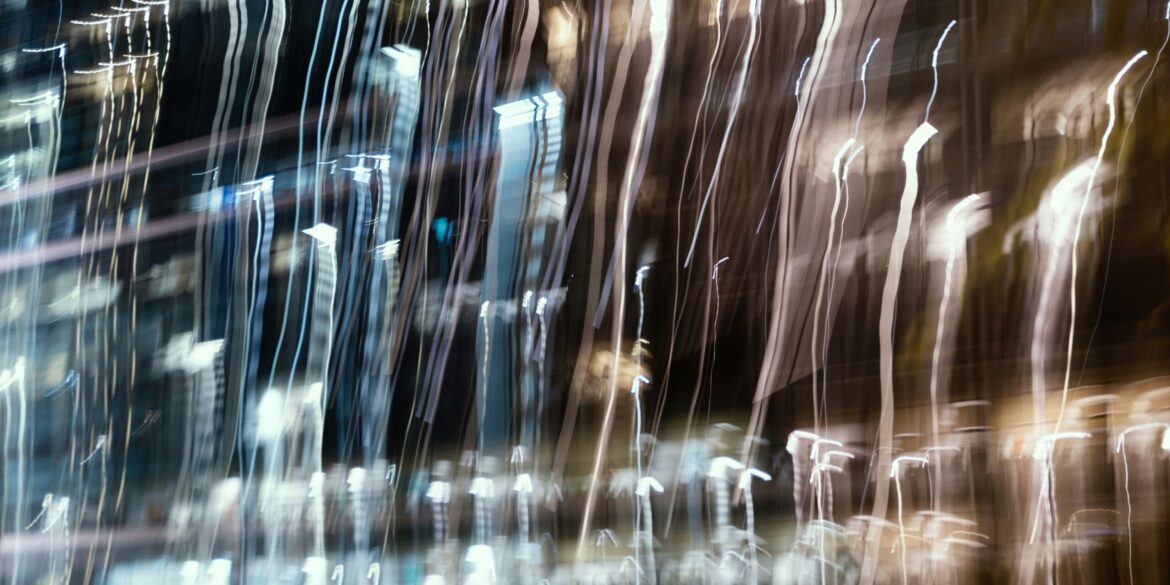By Carmen Voss, Senior Correspondent
In 2025, Indigenous artists and art collectives across the United States are experiencing a remarkable surge in visibility and influence, reshaping the landscape of American art. From the frozen expanses of Alaska to the sun-soaked deserts of the Southwest, Native creators are spearheading a cultural resurgence. By blending ancestral traditions with contemporary themes, these artists and their collectives are fostering renewed identity, community pride, and a powerful voice that resonates well beyond Native communities.
Indigenous Art Collectives Gain National Momentum
The Indigenous Art Collective (IAC), a dynamic coalition representing more than 50 groups nationwide, is leading this renaissance. Earlier this spring, the IAC unveiled an ambitious program of exhibitions, workshops, and outreach events across major cities such as Chicago, Santa Fe, and Seattle.
These exhibitions offer a striking juxtaposition: age-old crafts like beadwork, pottery, and weaving stand alongside modern media—including film, photography, and digital installations. This blend not only honors heritage but also challenges outdated stereotypes by presenting authentic Indigenous narratives.
Tallulah Whitefeather, a Diné painter and co-founder of the IAC, sums up the movement’s core mission: “Art is our language and history. Through these collectives, we reclaim space and tell our stories on our terms.”
Challenging Historical Erasure Through Art
For decades, Indigenous art was often marginalized or relegated to anthropological contexts, frequently stripped of its cultural significance. Today’s collectives are rewriting that narrative. Their art addresses critical themes like environmental stewardship, spirituality, social justice, and resilience—issues that resonate universally.
Environmental advocacy is a key focus. Many works highlight Indigenous relationships to the land, drawing attention to conservation and climate challenges. This focus is not just cultural but deeply political, aligning Native voices with growing global ecological movements.
The Smithsonian’s National Museum of the American Indian (NMAI) recently acquired over 200 pieces from emerging Indigenous artists, a landmark acquisition signaling a shift towards inclusive representation. “This is a pivotal moment for Native art,” says Dr. Christine Bailey, Curator at NMAI. “We are embracing the complexity and diversity of Indigenous creativity, showing it as a vital, evolving force in American culture.”
Fostering Youth Empowerment and Economic Sustainability
Beyond exhibitions, Indigenous art collectives are deeply invested in community-building. Many offer workshops targeting Native youth, teaching traditional techniques alongside digital skills. This educational focus empowers the next generation of creators to innovate while honoring their heritage.
“The youth programs are about more than art,” explains Whitefeather. “They’re about identity, resilience, and economic opportunity. When young people create and sell their work, they’re sustaining themselves and their communities.”
In rural and reservation areas, where economic opportunities can be limited, the rise of Indigenous art markets provides essential income streams. Collectives facilitate connections between artists and buyers, including galleries, collectors, and online platforms, boosting economic sustainability.
National and Global Recognition
The movement’s impact is gaining recognition well beyond Native communities. Museums, galleries, and cultural institutions nationwide are prioritizing Indigenous artists in their programming. International art fairs and biennials are also inviting Native artists to present, expanding their reach globally.
Art critic Maria Sanchez notes, “The vitality and innovation of Indigenous art collectives are challenging the mainstream art world’s boundaries. This is not just a niche or cultural sidebar—it’s central to contemporary American art.”
The Road Ahead: Building Bridges and Preserving Legacies
Looking forward, Indigenous art collectives aim to continue building bridges—between communities, generations, and cultures. The collaborative nature of these groups fosters a powerful sense of solidarity and shared purpose.
Efforts to digitize archives and document traditional knowledge are underway, ensuring that these cultural legacies endure. At the same time, artists continue to innovate with new forms and technologies, from virtual reality to multimedia installations.
Whitefeather reflects, “We carry the past with us, but our eyes are on the future. Through art, we are shaping how the world sees Indigenous people—not as relics, but as vibrant creators and visionaries.”
Summary of Key Elements
-
Indigenous art collectives fuse tradition and innovation, blending ancestral crafts with contemporary media.
-
National museums, including the Smithsonian’s NMAI, expand Indigenous art acquisitions and visibility.
-
Community programs emphasize youth engagement, cultural education, and economic empowerment.
-
Indigenous artists address environmental, social, and spiritual themes that resonate broadly.
-
The movement is gaining national and global recognition, reshaping American art narratives.

